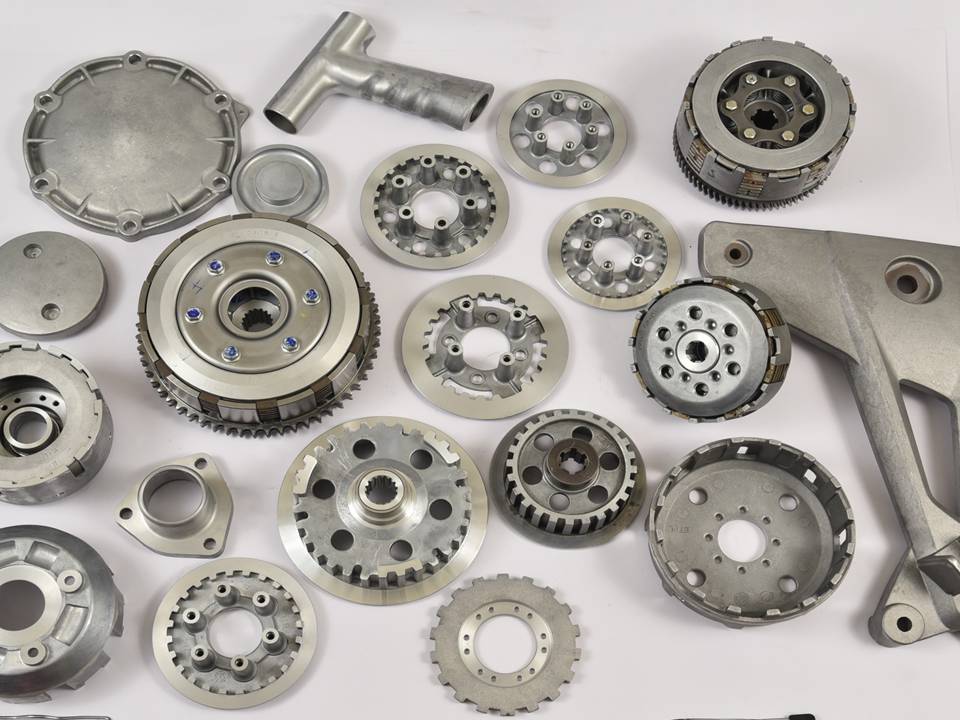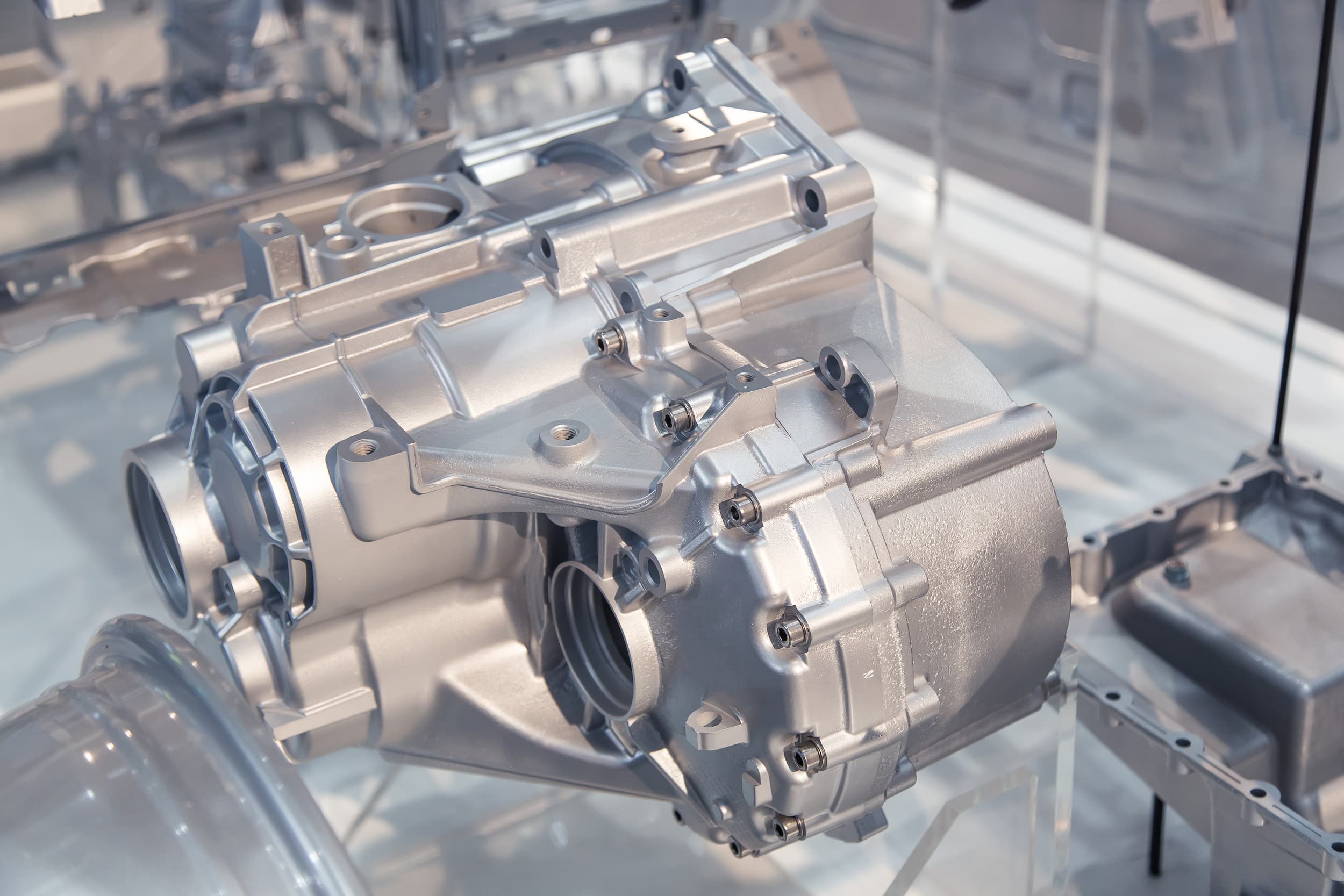The Precision and Versatility of Diecasting
The Precision and Versatility of Diecasting
Blog Article
Diecasting is an incredibly versatile and widespread manufacturing method which involves the injection of molten metal into a mold cavity at high pressure. It is extremely efficient to create large quantities of intricate metal components with high dimensional precision and a smooth surface finish. The method, material, and techniques of diecasting are essential to various sectors, which makes it a cornerstone in manufacturing today. This article will explore the basic concepts of diecasting and its advantages, and its diverse applications for the business.
The diecasting process begins with the preparation of high-quality steel molds, known as dies, which are designed for the harsh pressures and high temperatures that molten metal experiences. The dies are meticulously designed to record intricate details and maintain tight tolerances, ensuring that each cast part meets specific design requirements. When casting is performed, metals like aluminum, zinc, magnesium, and copper are melted and then put into the die in high-pressure. The rapid injection process and the subsequent cooling produces parts which have excellent dimensions and an even surface. The accuracy of the dies permits the production of products with complicated geometries that are usually impossible with other methods of production.
One of the major advantages of casting dies is its efficacy in mass production. Once the dies are fabricated the dies can then be utilized to create thousands of identical components that have minimal variations. This level of consistency is crucial for businesses where large numbers of identical components. Furthermore, diecasting is recognized for its efficiency in materials. It produces little scrap, because any excess metal is reused for subsequent casting cycles. This reduces not just material costs but also supports sustainable manufacturing by reducing the use of resources and reducing waste. A combination of production speed, precision of the material, and high efficiency make diecasting a desirable option for companies looking to improve the efficiency of their processes.
Diecasting has numerous advantages with regard to mechanical properties. Parts made through diecasting generally offer excellent strength and endurance, thanks to the fine-grain structure formed during the rapid cooling of molten metal. Dies makes diecast components suitable for any applications that require the highest performance and durability. Moreover, the process allows for the incorporation of thin walls and complex elements without compromising structural quality. This capability is particularly advantageous in aerospace and automotive industries, where reducing weight while maintaining strength is critical. It is possible to make extremely light and strong components can improve the efficiency of fuel and performance of aircrafts as well as vehicles. To acquire supplementary information please visit Senadiecasting
The diecasting material used play a crucial role in the final properties and efficiency of the final product. Aluminum is among the most commonly used materials due to its excellent strength-to-weight ratio, resistance to corrosion, as well as its excellent electrical and thermal conductivity. Zinc alloys are also popular providing high toughness, ductility as well as the capability to create products with exquisite specifics. Magnesium alloys have the benefit that they are the tiniest steel, which makes them the ideal choice for any application where weight reduction is crucial. Copper alloys, although more rare, are employed because of their outstanding electro-conductive properties and corrosion resistance. The choice of material depends on the particular requirements of the application, including physical properties, climate conditions, as well as cost considerations.
Diecasting is an essential manufacturing technique that allows the creation of precision, premium metal components for many industries. Its capacity to design complex shapes with tight tolerances and smooth finish can be used in applications which require precise details as well as consistent quality. Efficiency and value-for-money of diecasting further enhance its appeal and support mass production while maintaining high standards. Technology advances, and demand for durable sturdy, light, and lightweight components grows, diecasting will remain the foundation of modern manufacturing, driving improvement and quality in production.